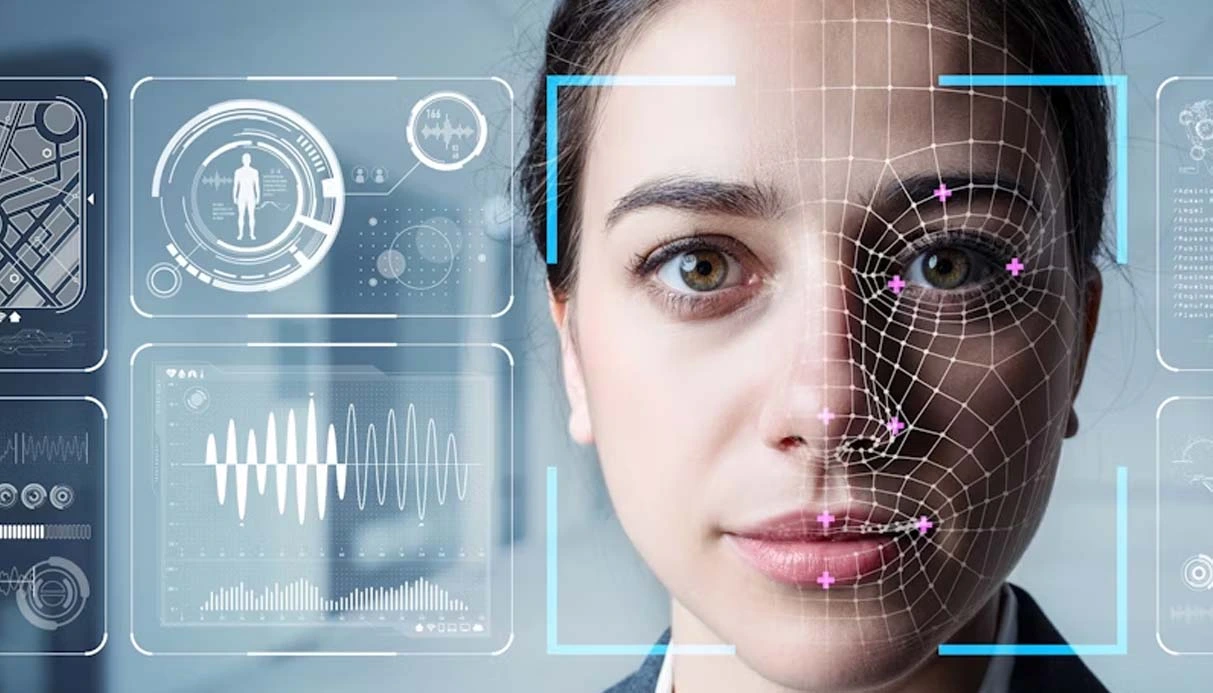.webp)

Deepfake technology is one of the most transformative and controversial developments in artificial intelligence (AI) and digital media today. Using advanced AI algorithms, especially deep learning techniques, deepfakes create videos and images that appear incredibly real but are completely fabricated. Initially emerging in the entertainment and film industries, deepfakes quickly became a powerful tool for media manipulation. As this technology advances rapidly, it poses significant social, political, and security challenges worldwide.
This comprehensive guide explains what deepfakes are, how they work, their history, the main software tools used to create them, and the techniques for detecting these highly deceptive media. We will also explore the threats deepfakes pose and the ongoing efforts to counteract their misuse.
What Is a Deepfake?
Deepfake is a term derived from “deep learning” and “fake,” referring to synthetic media generated using AI driven deep neural networks. These networks can convincingly alter or fabricate audio, video, and images often replacing or manipulating faces, voices, and expressions.
Unlike traditional video editing, deepfake technology automates the creation of realistic fake content by learning the subtle facial movements, voice patterns, and expressions of individuals from real footage. This allows for the seamless swapping of faces in videos, producing content that can be difficult even for experts to distinguish from reality.
Common Uses of Deepfakes
- Entertainment and Film Industry: Digital resurrection of deceased actors or creating complex visual effects without extensive physical shoots.
- Social Media: Creating humorous or viral videos by swapping faces or animating still photos.
- Advertising and Marketing: Personalized ads featuring celebrities or customized content.
- Education and Training: Simulated scenarios with lifelike interactions.
However, despite these positive applications, deepfakes have also been exploited to create misleading content, fake news, and identity fraud, leading to serious ethical and legal concerns.
How Does Deepfake Technology Work?
The foundation of deepfake creation lies in deep learning, a subset of machine learning that involves training artificial neural networks on large datasets. The most commonly used methods include autoencoders and Generative Adversarial Networks (GANs).
Step by Step Process
-
Data Collection:
Deepfake creators collect extensive video and image footage of the target individual from various angles and lighting conditions. -
Training the Model:
Using this data, an autoencoder network learns to compress (encode) the target's facial features and then reconstruct (decode) them. This process trains the AI to capture facial expressions, movements, and other subtle characteristics. -
Face Swapping:
Once trained, the model can replace the face of a person in a video with the target face by mapping the encoded features onto the original video. -
Refinement with GANs:
GANs consist of two competing neural networks: a generator that creates fake images/videos and a discriminator that evaluates their authenticity. Through this competition, the generator improves over time, producing more realistic results. -
Post Processing:
Final adjustments correct inconsistencies, improve lighting, and synchronize lip movements with audio to enhance realism.
How to Detect Deepfakes?
Detecting deepfakes has become increasingly challenging due to advances in AI making the fakes more seamless. However, there are still telltale signs and modern techniques used to identify them:
Visual and Behavioral Clues
- Eye Movement and Blinking: Early deepfakes often failed to replicate natural blinking patterns or eye movements.
- Lip-Sync Errors: Misalignment between lip movements and speech audio can indicate manipulation.
- Skin Texture and Lighting: Inconsistencies in skin tone, unnatural shadows, or odd reflections in the eyes may reveal fakeness.
- Edge Artifacts: Blurring or jagged edges around the face or hair may occur due to imperfect image blending.
- Unnatural Facial Expressions: Subtle facial tics or microexpressions may be missing or inconsistent.
Technological Solutions
- AI-Based Detection Tools: Researchers develop deep learning models specifically trained to spot artifacts unique to deepfakes.
- Blockchain and Digital Watermarking: Embedding unverifiable digital signatures to confirm media authenticity.
- Metadata Analysis: Checking the data embedded in video files for inconsistencies.
- Crowdsourcing and Fact-Checking: Collaborative efforts to flag suspicious content.
Role of Advanced AI Services
Services like OpenAI’s GPT Plus and other AI platforms can assist analysts by providing advanced tools to scrutinize video content, analyze speech patterns, and cross-verify information to detect manipulated media.
The History of Deepfake Technology
The concept of digitally altering video and audio is not new, but the rise of deep learning drastically changed the landscape:
- 1997: The Video Rewrite Program emerged as one of the first tools to manipulate video by syncing lip movements with synthetic speech.
- Early 2000s: Advancements in facial recognition and modeling improved the ability to manipulate visual content.
- 2010s: Projects like Face2Face enabled real-time face reenactment using ordinary hardware.
- 2014: Ian Goodfellow introduced Generative Adversarial Networks (GANs), revolutionizing realistic image and video synthesis.
- 2017: The term “deepfake” was coined on Reddit by a user posting AI-manipulated celebrity videos, leading to widespread attention.
Since then, deepfake technology has rapidly evolved, becoming more accessible and sophisticated.
Popular Deepfake Creation Tools
Several applications and software allow users to create deepfakes, ranging from beginner-friendly to advanced research tools:
- Deepfakes Web
An online platform enabling users to create deepfake videos without software installation. It uses deep learning algorithms to analyze and swap faces. Free versions may take hours to process, while paid subscriptions speed up rendering.
- Wombo
A mobile app that animates static photos, making the subject appear to sing along with preloaded songs. It is simple, fast, and popular for casual entertainment.
- Reface
An app that swaps faces in videos and GIFs, often used for memes and social sharing. It supports both Android and iOS.
- MyHeritage Deep Nostalgia
Used to animate old photographs, this tool moves facial features to produce lifelike expressions and eye movements.
- DeepFaceLab
A sophisticated open source software favored by researchers and enthusiasts. It requires technical knowledge and powerful hardware but offers high quality face swapping capabilities.
Challenges and Ethical Concerns
While deepfakes enable exciting creative uses, their misuse raises serious challenges:
- Misinformation and Fake News: Deepfakes can fabricate events or statements, misleading public opinion.
- Political Manipulation: Manipulated videos can disrupt elections or sow discord.
- Personal Privacy Violations: Deepfakes have been used to create non-consensual explicit content, harming individuals.
- Trust Erosion: As fake media becomes more common, public trust in digital content declines.
Governments and platforms have begun addressing deepfakes through laws, content moderation policies, and penalties to deter misuse.
The Future of Deepfakes and Detection
The arms race between deepfake creators and detection systems is intensifying. As AI evolves, deepfakes are becoming increasingly realistic, while detection tools are growing more sophisticated in response. Collaborative action among tech companies, researchers, and policymakers is essential to address the threats posed by this technology.
Public awareness and media literacy are equally critical. Educating people on how deepfakes are made, how to spot them, and how to verify digital content can build resilience against misinformation.
Deepfake technology highlights the double-edged nature of AI: it offers powerful tools for creativity and innovation but also presents serious ethical and security challenges. In many online platforms where deepfakes may spread, users rely on buy virtual number to register anonymously further complicating the traceability of such content.
By understanding the mechanics behind deepfakes and supporting global detection efforts, individuals and organizations can better navigate the risks of this rapidly evolving landscape.
.webp)
.webp)

Comments